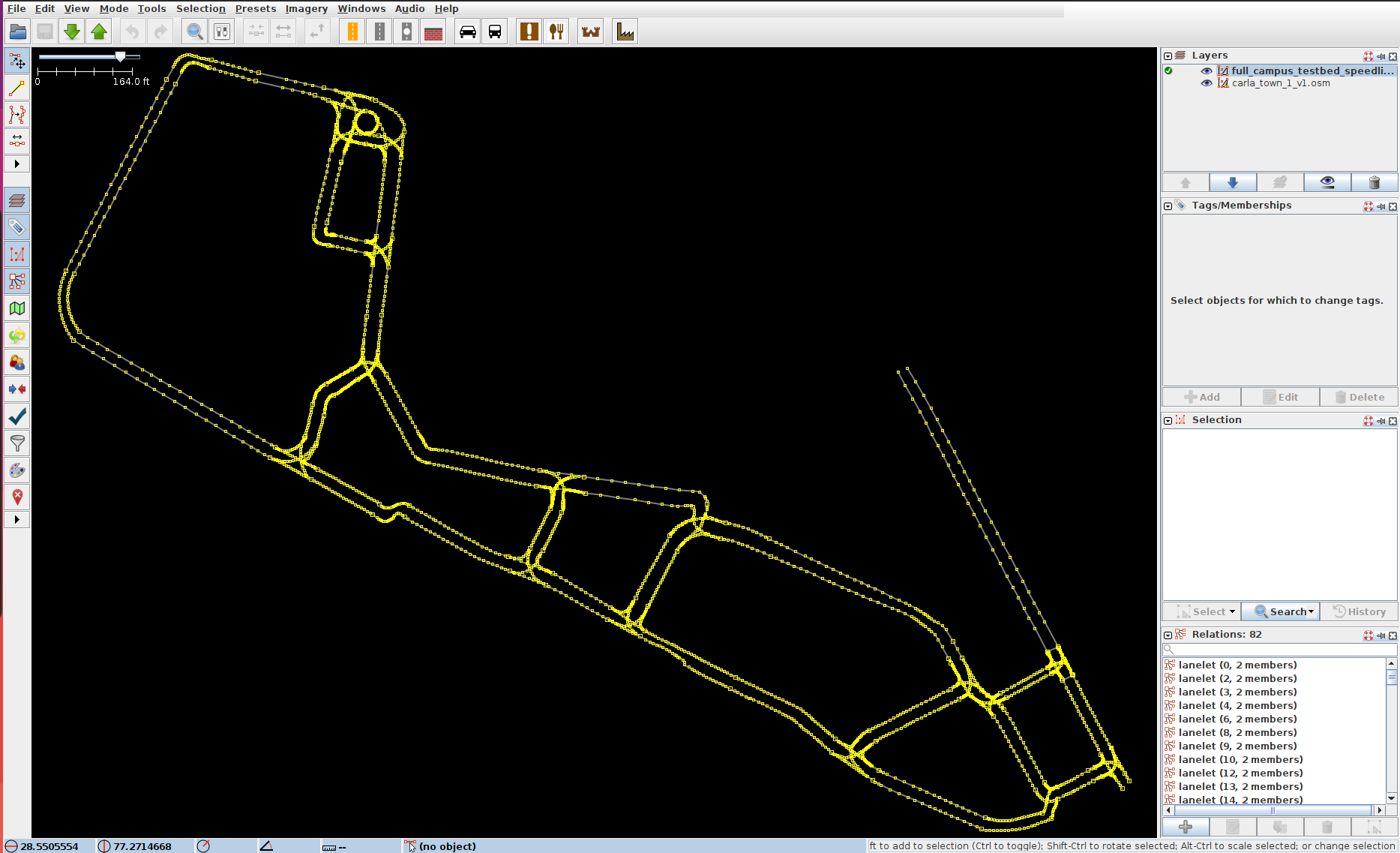One of the best projects I worked on was developing and deploying an end-to-end Traffic Light Following ADAS feature on an autonomous vehicle at IIIT Delhi. Here is a demo:
Typically, an autonomous vehicle is given a start and goal pose, and it must plan an optimal path, avoid obstacles, and maintain a desired velocity while reaching the destination. For the traffic light following feature, the challenge was slightly different: given a start and end position, the vehicle needed to find an optimal path, stop before the stop line if a red light was detected, and resume movement when the light turned green.
The project was divided into several components:
- Perception - Traffic Light Detection:
- Fine‑tuned a YOLOP model with a SORT tracker using a combination of Indian (IDD), BDD (foreign), and our own testbed datasets.
- Applied extensive data augmentation and trained on both cropped traffic‑light patches and full‑scene images to capture local and global context.
- Achieved a +0.2 mAP improvement in traffic‑light detection accuracy.
- Optimized the model using TensorRT and ported to NVIDIA Orin, yielding a 20% reduction in inference latency.
- HD Map Creation:

|
- Developed a fully automated pipeline for HD‑map creation in arbitrary environments.
- Automatically embedded key map attributes: stop‑line locations, traffic‑light positions, and road slope information.
- Converted raw LiDAR maps into Lanelet‑formatted HD maps.
- Selected relevant ground points from the LiDAR map using YOLOPv2 road segmentation combined with plane estimation.
- Planning:
- Utilized a Behavior Tree framework to implement traffic‑light‑following logic.
- Implemented a C++ stopping profile in the Behavior Tree to reliably stop the vehicle before the stop line at a red light.
- Simulation:
- Created a CARLA simulation environment for traffic‑light‑following.
- Developed a diverse set of test scenarios (varying intersection layouts, signal timings, and traffic densities).
- Executed repeated simulation runs to validate and refine the traffic‑light‑following (TLF) stack.
- Testing:
- Developed an XR test-bed with an RViz-based interface for efficient spawning and visualization of static and dynamic virtual obstacles.
- Created a C++ ROS package to publish obstacle positions to the obstacle mapper and overlay them on the camera image stream.
Apart from this project, I have worked on other ADAS features such as Forward Collision Warning and Rear Collision Warning. For more details, please check my resume and portfolio.